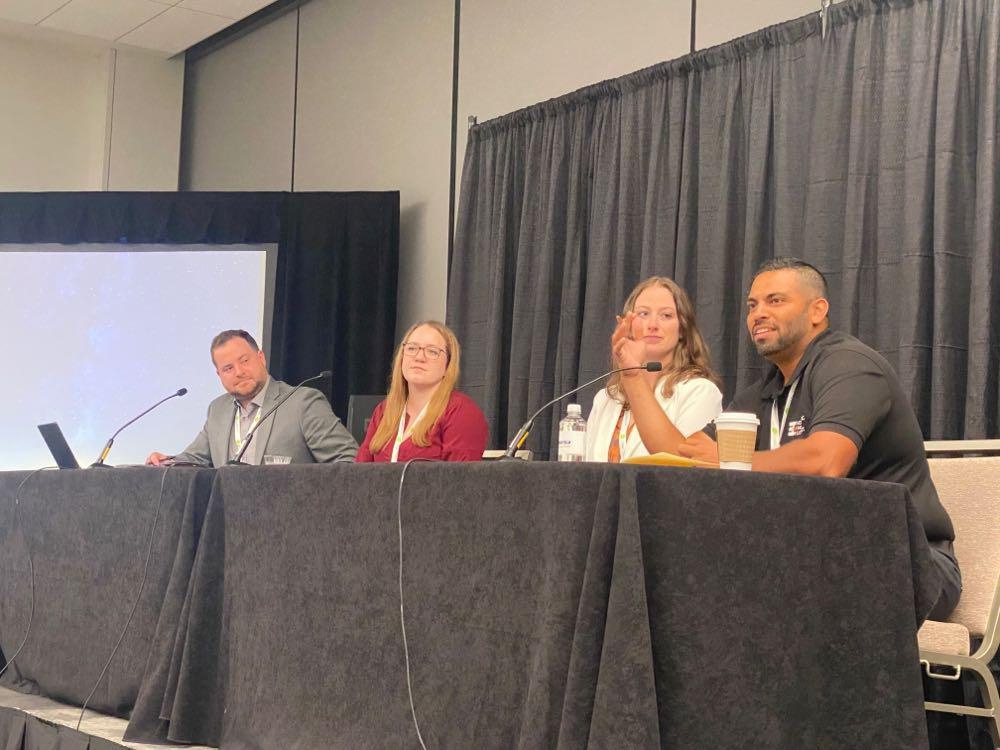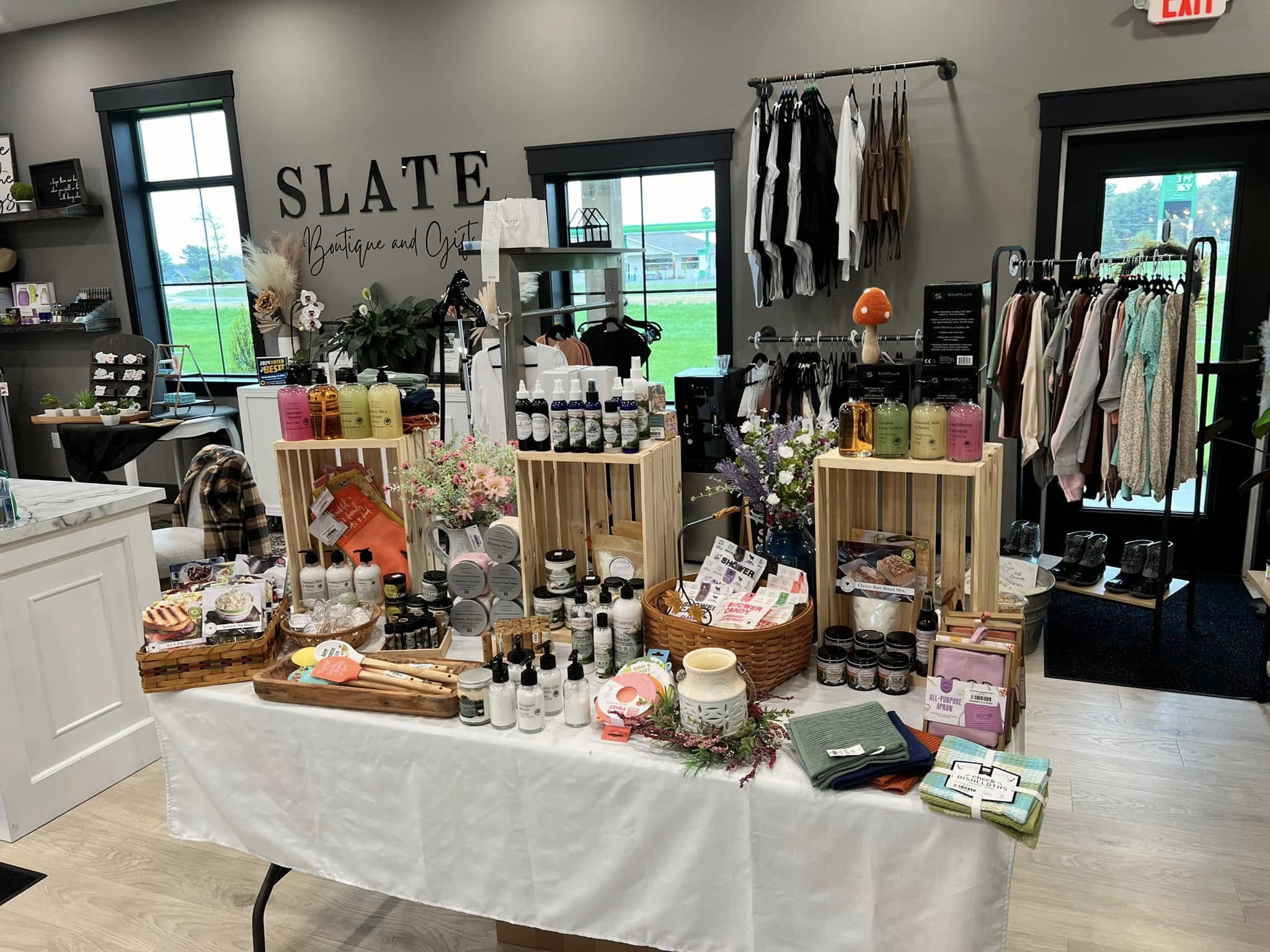At least week’s International Economic Development Council (IEDC) Annual Conference in Oklahoma City, I had the honor of being asked to sit on a panel focused on Equity in Entrepreneurship-Led Economic Development. Based on the other panel members, we decided my focus would be rural.
Some of you may be unaware of what Entrepreneurship-Led Economic Development is. Traditional Economic Development focuses primarily on Business Retention & Expansion (BRE) leading traditional incentives to cater to larger businesses with tax incentives, redevelopment programs and more. By and large, those incentives are limited in the assistance they can provide to smaller entrepreneurs. Entrepreneurship-Led Economic Development is focused on building jobs and establishments in the community by focusing on establishments with 99 jobs or less.
When prepping for the presentation, I first had to decide how we were going to define Rural and use data to support our findings. I used the Department of Health Services map to define the rural and urban communities in Wisconsin. Even though they have one map, they have an entire webpage dedicated to their methodology for choosing what is rural and urban. To summarize, they use the Index of Relative Rurality which “accounts for size and density, extent of urbanized areas, and distance to the nearest metro.”
Next, I used YourEconomy.org and the team at BDRC to pull data related to rural entrepreneurship in Wisconsin. Here are the stats:
- This map divides Wisconsin into 26 urban counties and 46 rural ones – this means 65% of all counties in the state are designated as Rural
- There are 181,212 urban establishments (71.6%) and 71,738 rural establishments (28.4%)
- Of the 181,212 urban establishments, 37% are in just Milwaukee or Dane County (our most populous metros)
- Of all total establishments in the state of Wisconsin, 60,285 have less than 9 jobs
- 98% of all establishments in the state have 99 jobs or less
These numbers highlight why access is so important to consider for rural populations. It shows that 65% of all of our counties are rural yet they hold just 28.4% of all establishments. This means that establishments are spread out over a vast area of the state.
Challenge #1: Broadband Access
A typical attempt to reach people across the state is to simply shift virtual, but this continues to be an issue in the state of Wisconsin. According to the Governor’s Task Force on Broadband, 6.8% of the state’s population (~400,00 residents) do not have access to 25 MBPS internet. 21.8% of this group are located in rural locations (~90,000 residents). Only 17.7% of the population has access to 1 Gigabit service which is critical for high-tech entrepreneurs.
Challenge #2: Cooperation and collaboration
One thing that I always like to consider is collaboration to improve access and equity. Since there are businesses spread out throughout the rural area, how can towns/municipalities/counties/regions work together to streamline the process for entrepreneurs to access services? That brought me to explore a few additional statistics:
- There are 72 counties in Wisconsin
- There are almost 600 municipalities in Wisconsin
- There are 1265 towns in Wisconsin
- There are 56 cities and villages that fall into multiple counties; some fall in as many as four counties (!)
As you can imagine, territory is a very common discussion in Wisconsin due to these complicating statistics.
Solution: So, what can we do?
What can we do to improve equity in access for rural entrepreneurs through Entrepreneurship-Led Economic Development? Here are my three suggestions:
- Understand the ecosystem: Because there are so many small territories in the state, we should be careful to diligently document and understand the entrepreneurial support ecosystem to help us understand where the holes are, what already exists, and how we can improve cooperation and partnerships. We all want to work smarter, not harder!
- Meet the entrepreneur where they are at: Exploring different forms of content delivery, event locations and communication methods can help you more successfully reach the rural entrepreneurs in the state. They often don’t know what they don’t know, so making it easy to find resources to assist them and not being afraid to be an active participant in the entrepreneur network can lead to a better understanding of the entrepreneurship ecosystem in the state.
- Understand why they may not trust you at first: As with any public assistance, there may be an inherent mistrust you encounter when it comes to your services. If you are tax payer or government-funded, that could be a barrier you’ll need to breakdown. One of the ways to do this is word of mouth marketing – have the entrepreneurs you’ve helped become your megaphones in the community. Gather success stories and quotes from trusted, credible community members who have used your services.
In conclusion, an Entrepreneurship-Led Economic Development strategy should be an integral part of discussing equity as it relates to rural entrepreneurship. We have to understand the challenges entrepreneurs in rural communities face and how to address them.

